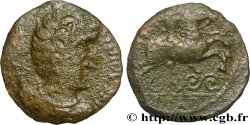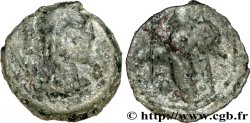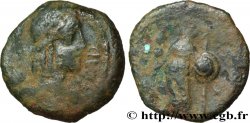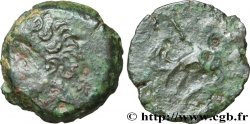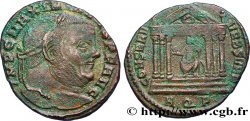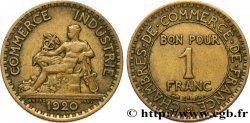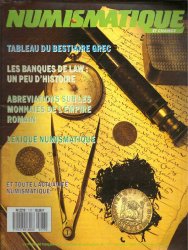Live auction - bga_823837 - GALLIA - ARVERNI (Area of Clermont-Ferrand) Statère d’or au lys et à la cigogne, type CAS
You must signin and be an approved bidder to bid, LOGIN TO BID. Accounts are subject to approval and the approval process takes place within 48 hours. Do not wait until the day a sale closes to register. Clicking on "BID" constitutes acceptance of the terms of use of cgb.fr private live auctions.
Bids must be placed in whole Euro amounts only. The sale will start closing at the time stated on the item description; any bids received at the site after the closing time will not be executed. Transmission times may vary and bids could be rejected if you wait until the last second. For further information check the Live auction FAQ
All winning bids are subject to a 18% buyer’s fee.
All winning bids are subject to a 18% buyer’s fee.
| Estimate : | 8 000 € |
| Price : | 4 100 € |
| Maximum bid : | 4 400 € |
| End of the sale : | 06 June 2023 16:39:37 |
| bidders : | 2 bidders |
Type : Statère d’or au lys et à la cigogne, type CAS
Date: c. 60 AC.
Metal : gold
Diameter : 18 mm
Orientation dies : 9 h.
Weight : 7,32 g.
Rarity : R3
Coments on the condition:
Joli monnaie sur un flan court et centré, éclaté à dix heure. Belle tête au droit malgré un plat de frappe se retrouvant au revers
Predigree :
Monnaie provenant de la collection André Libaud.
Avec son certificat d'exportation de bien culturel n°225107 délivré par le ministère français de la Culture
Obverse
Obverse legend : [CA]S.
Obverse description : Tête diadémée masculine, jeune, imberbe à gauche, les cheveux courts.
Reverse
Reverse legend : ANÉPIGRAPHE.
Reverse description : Cheval bondissant à gauche ; un lys au-dessus de la croupe ; cigogne sous le poitrail.
Commentary
CAS a été interprété par de Saulcy comme étant le nom abrégé de CASTILLUS, chef gaulois, père de Vercingetorix (BG, VII, 4).
Cette série CAS se divise en trois selon les symbole autour du cheval ; une esse et une amphore comme sur les statères au nom de Vercingétorix, un lys et une cigogne comme sur notre exemplaire ou un lys et un trèfle. Ces monnaies circulent encore pendant la Guerre des Gaules.
.
Cette série CAS se divise en trois selon les symbole autour du cheval ; une esse et une amphore comme sur les statères au nom de Vercingétorix, un lys et une cigogne comme sur notre exemplaire ou un lys et un trèfle. Ces monnaies circulent encore pendant la Guerre des Gaules.
.







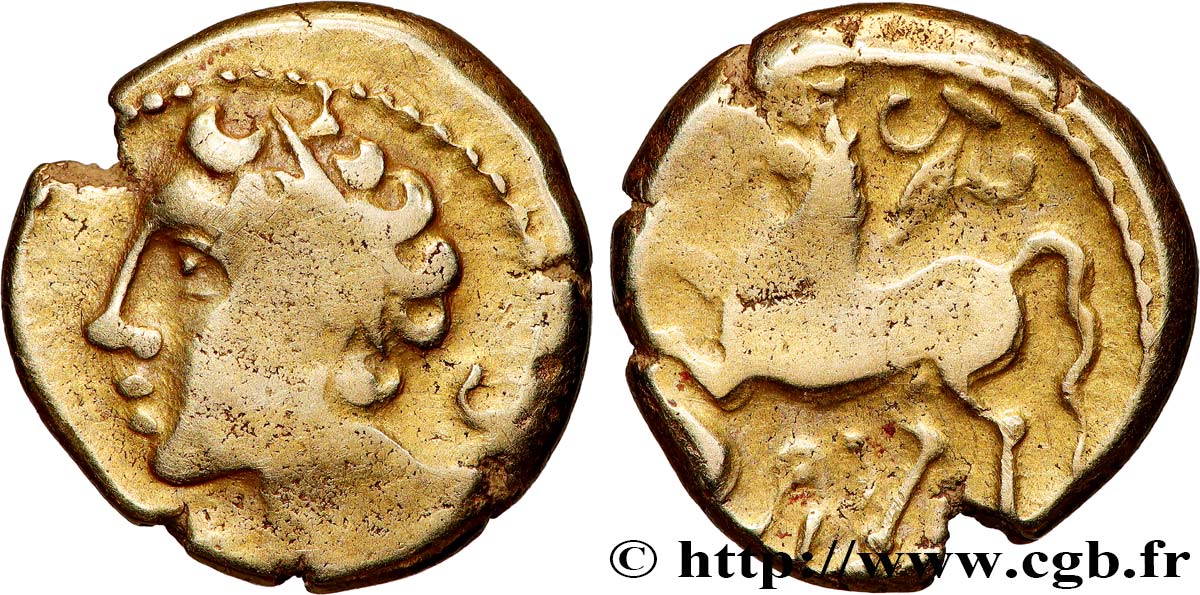
 Report a mistake
Report a mistake Print the page
Print the page Share my selection
Share my selection Ask a question
Ask a question Consign / sell
Consign / sell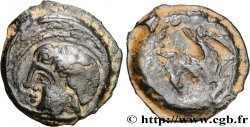
 Full data
Full data